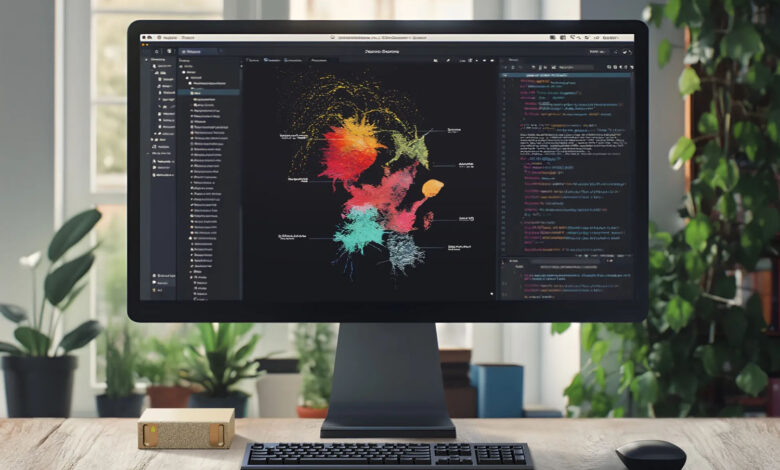Nvidia’s Compact $3,000 AI Supercomputer Steals the Spotlight at CES 2025
Nvidia showcases its groundbreaking $3,000 computer for AI developers at CES, capturing attention with its compact design and powerful capabilities, poised to revolutionize the way developers create and innovate in artificial intelligence.

At CES 2025, Nvidia has once again demonstrated its dominance in the AI computing sector with the introduction of its groundbreaking product, Project DIGITS, a compact yet powerful AI supercomputer priced at $3,000. This announcement has not only captivated the tech audience but has also set new benchmarks for what’s possible in personal AI development.
Details of Project DIGITS:
Project DIGITS is a personal AI supercomputer that brings enterprise-level computing power to the desk of developers, researchers, and students. Here are some of the key highlights:
Size and Performance: Despite its small form factor, akin to a Mac Mini, Project DIGITS packs a punch with 1 petaflop of FP4 AI compute performance, making it 1,000 times more powerful than the average laptop. It’s powered by Nvidia’s latest GB10 Grace Blackwell Superchip, featuring 128GB of memory and 4TB of NVMe storage.
AI Model Capacity: This device is capable of running AI models with up to 200 billion parameters, enabling users to prototype, fine-tune, and test complex AI models locally before deploying them to the cloud or other data center infrastructures.
Software Support: It comes with Nvidia’s full AI software stack, including development kits, orchestration tools, and access to Nvidia’s NGC catalog for an array of frameworks and pre-trained models, facilitating rapid AI experimentation and deployment.
Availability: Project DIGITS is set to be available in May 2025, offering an accessible entry point into high-end AI computing for those outside of large corporations or institutions.
Market Reaction:
The reception at CES has been overwhelmingly positive, with experts and enthusiasts alike praising its potential to democratize AI development. The conversation on X has been abuzz with users discussing how this could revolutionize personal and small-scale AI projects, potentially shifting the paradigm from cloud-dependent AI to more localized, yet powerful, computing solutions.
However, there’s also been skepticism. Critics like Raja Koduri and Tiny Corp have pointed out that the performance metrics might be less impressive when adjusted for practical use, suggesting that for the price, one might consider a high-end gaming PC for similar AI tasks.
Implications for the Industry:
Nvidia’s latest offering could significantly impact the AI development landscape by reducing the barrier to entry for high-performance computing. It might encourage more innovation at the grassroots level, where individuals and small teams can now experiment with large-scale AI models without the overhead of cloud computing costs.
This move is seen as part of Nvidia’s broader strategy to expand its influence in AI, not just through hardware but by nurturing a growing community of AI developers worldwide. The introduction of Project DIGITS alongside new gaming GPUs and the Cosmos platform for physical AI further solidifies Nvidia’s position as a leader in both consumer and enterprise tech spaces at CES 2025.
Conclusion:
Nvidia’s Project DIGITS has certainly lived up to the hype at CES, showcasing the future of personal AI computing in a compact, yet formidable package. As the tech world digests this innovation, the implications for AI development, education, and research are vast, potentially leading to a new era of AI accessibility and capability.


